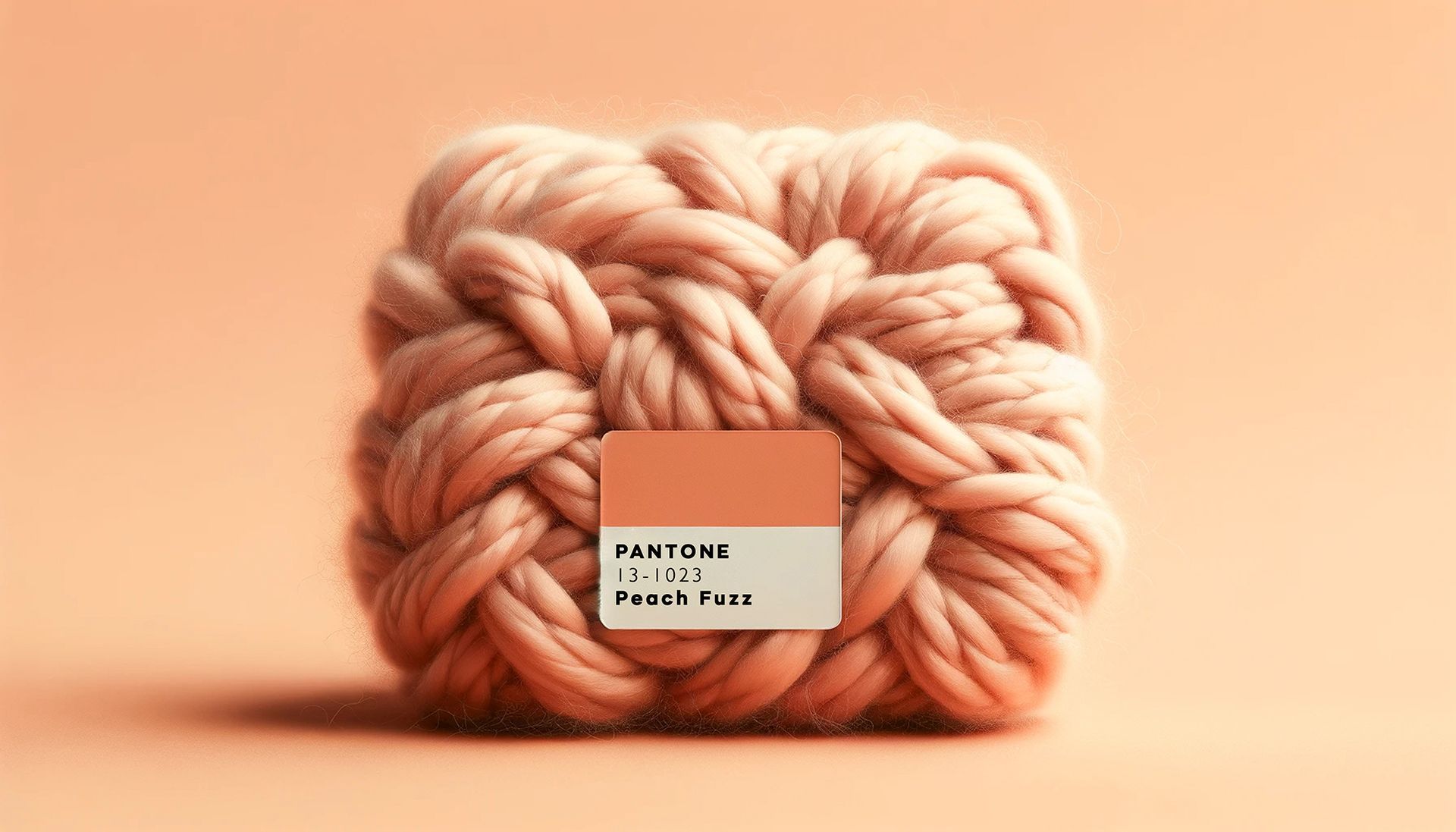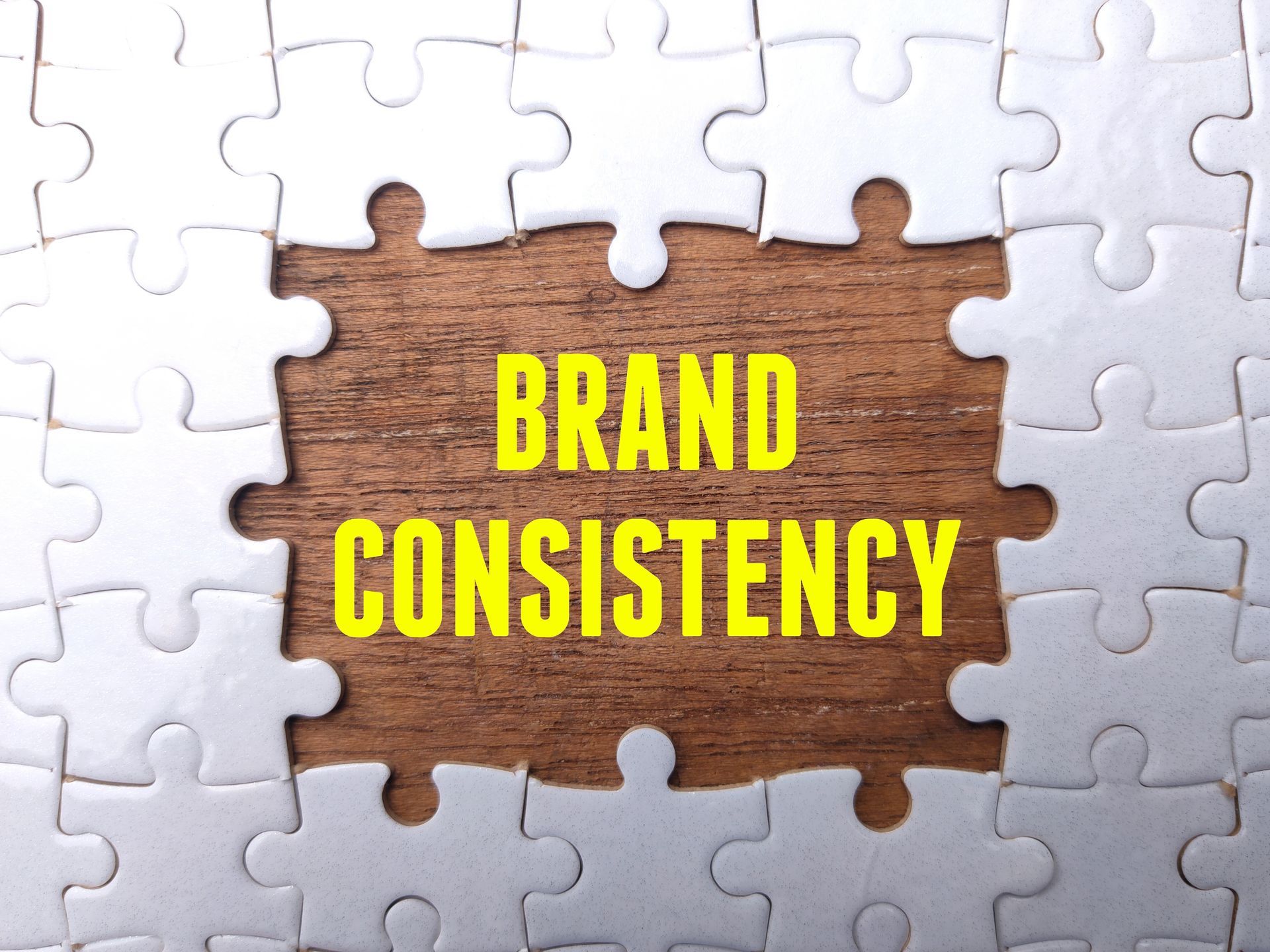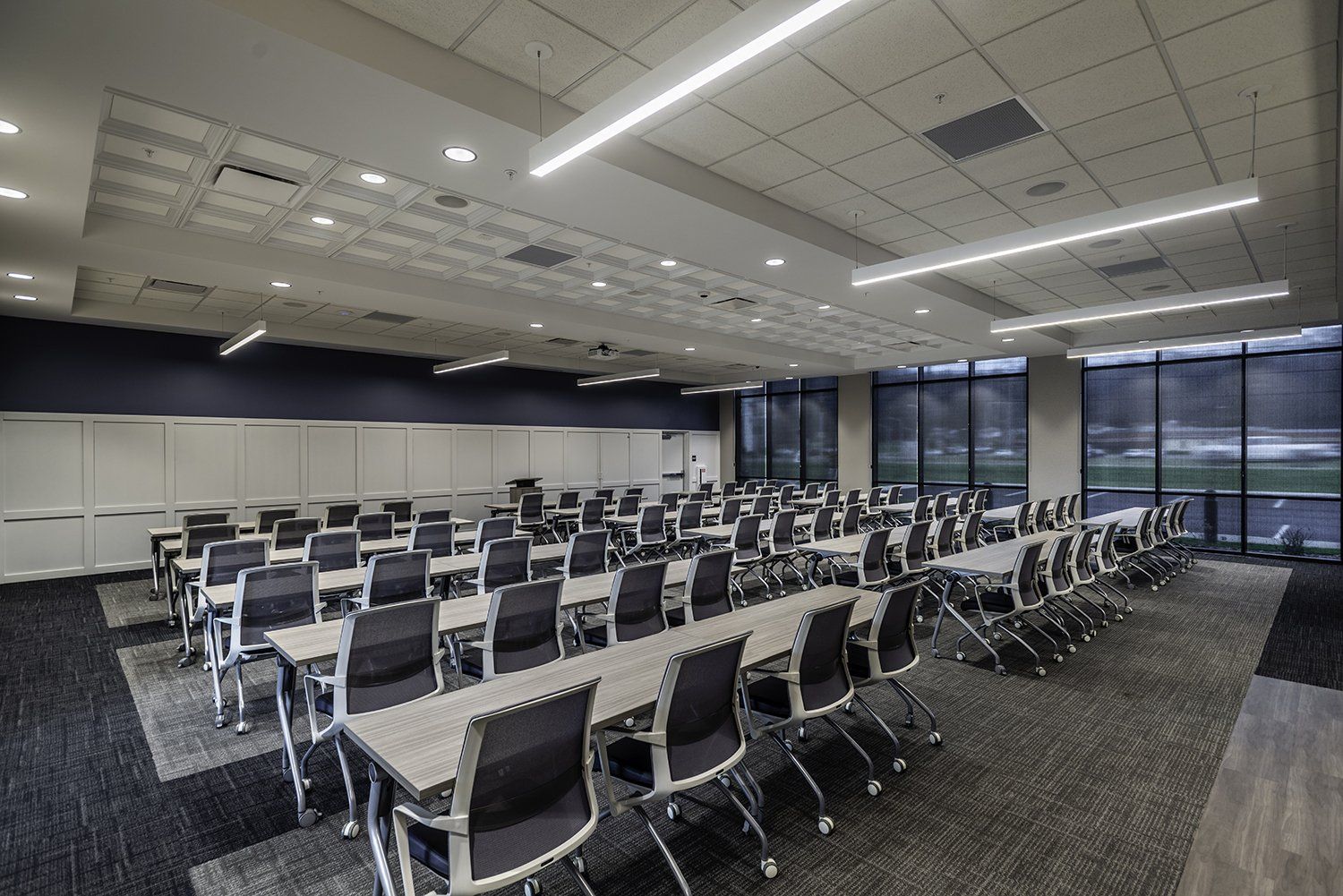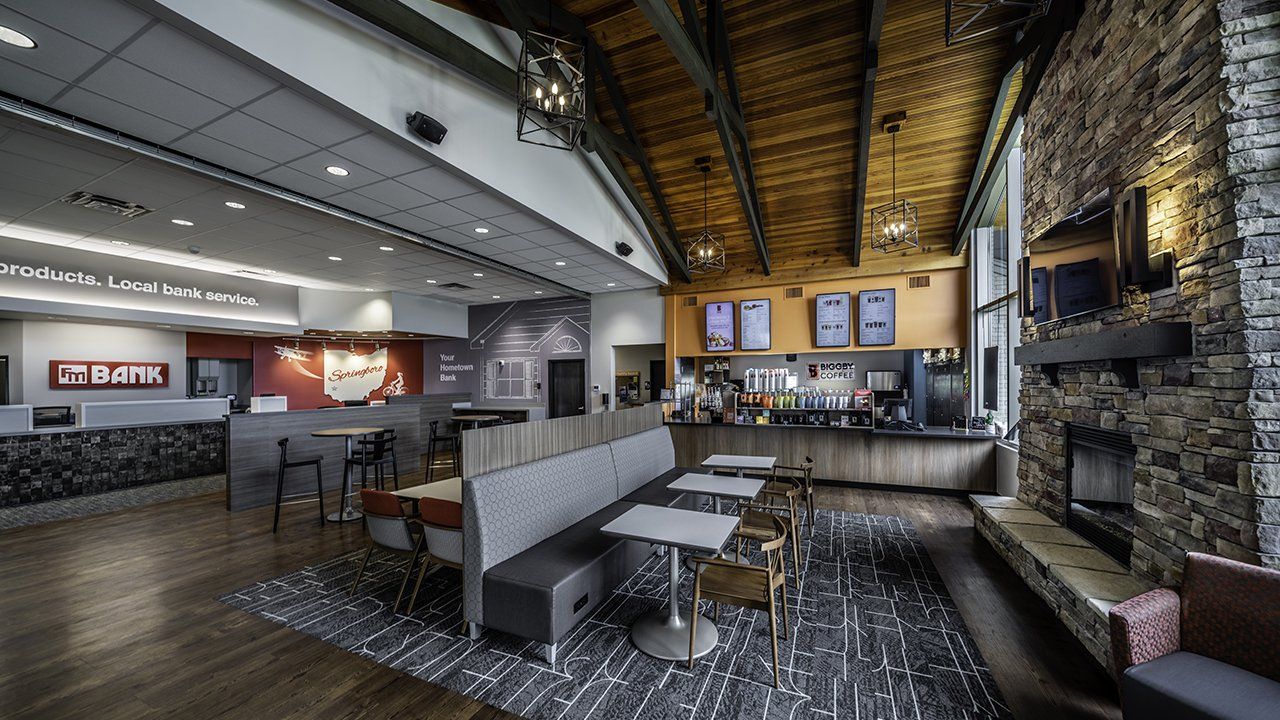Menu
Follow us on:

DESIGNING FLOW
“In flow, people lived so deeply in the moment, and felt so utterly in control, that their sense of time, place and even self melted away. They were autonomous, of course. But more than that, they were engaged. They were, as the poet W.H. Auden wrote, “forgetting themselves in a function.”” – Daniel H. Pink, Drive

Image Source
The concept of “flow” was coined by psychologist Mihaly Csikszentmihalyi. The word describes a focused state of mind where, completely immersed in a task, a person feels alive. This experience can reveal its self through numerous activities, and have different triggers from person to person. Examples of tasks that may stimulate flow include dancing, cooking, reading a book, participating in a provocative debate, even welding or working on a engine, A person can find flow in unexpected places, one of which is the workplace. In a review of his work, Csiksqentmihalyi explains why studies find more occasions of flow on the job than in free time, “Work is much more like a game than most other things we do during the day. It usually has clear goals and rules of performance. It provides feedback either in the form of knowing that one has finished a job well done, in terms of measurable sales or through an evaluation by one’s supervisor. A job tends to encourage concentration and prevent distractions, and ideally, its difficulties match the worker’s skills.” The design profession produces effects of flow quite easily; however, increasing awareness for it is important. Understanding and engaging in this idea of finding flow can lead to satisfied clients, driven work environments, and more innovative solutions.
So how do we achieve this state of flow? Psychologists have studied the idea for years and have provided many instructions for getting there, but they all boil down to five words: Enjoyment, Autonomy, Challenge, Growth, and Value. First, you must Enjoy the activity you’re engaging in. For us designers, it could be something like laying out a floor plan. Essentially, this is a game. It’s Sims. You are solving a puzzle built around a set of problems provided by your client. Second, you must have Autonomy over the task. You have control over where you begin and how many design options you provide. You decide what views best communicate your vision. You understand your goals and decide how you want to reach them. Of course there are guidelines, but a designers’ creations are inspired by problems. The next thing you need is an appropriate challenge. If the task is to easy: lets say your client wants a one room school house and already has all of the finishes and furnishings picked out. All you need to do is draw a rectangle, then you become bored. However, if the task is too difficult: The Client asks you to provide a design for a house on Mars. Your brain may read it as impossible and struggle to find the motivation to keep trying. Your brain is Goldilocks. The task has to be juuuust right. Closely related to Challenge is Growth. Not only does our brain want a problem to solve, it also desires to get better at solving it! When your client first comes to you with their set of hopes and dreams, you draft up a concept and present it to them with all the confidence in the world that you have found them the perfect solution. The next thing you know, they realize they want something else or they have cold feet spending that much money. Each time you revise, you aspire to be better at understanding the client’s real wants and needs. Lastly, your task must have Value. For an architect, the mission itself is purposeful: To protect the health, safety and welfare of the public. But more simply put, good design increases quality of life. Even small tasks like correcting red lines have value in the process of providing for the client.

So far, reaching a state of flow sounds like a piece of cake for us lucky designers. Our job fits all the criteria for achieving flow. We should be the happiest, most productive and fulfilled people in the workforce! The problem is, we do not always recognize what we are best at, what our goals should be, or how to choose an appropriate challenge. This is where the firm comes in to play. At a larger scale, design firms work as teams; where different members have different strengths, different tendencies for flow. As a team you can set goals together and motivate each other. Teams are also able to better evaluate each other. It is extremely important to gather feedback in order to improve. As a leader realizing the potential of your employees is important. By understanding how team members achieve flow, you are able to help them set appropriate goals and in turn, produce better work.
In a business model, Autonomy seems to rule as the most important flow factor. Best Buy’s headquarters has an employment program where workers complete a set number of hours, but they get to choose when throughout the day. Facebook selects the people they hire, but lets them choose which team they want to work for. Other companies are allotting certain percentages of their worker’s time to be dedicated to non-work related projects (one of which yielded the Post-it note). Each of these edgy ideas is designed to increase productivity and innovation, and so far, they seem to be succeeding. In the field of design, experiments like these happen without being prompted. We are all working towards better solutions at each scale of each project.
As designers gain an understanding for flow, it not only improves the production of their own work, but it encourages empathy for the client. How can a design project “flow” into a space? Recognizing the occupants potential for flow enables creation that provokes progress.
Finding Flow by Mihaly Csikszentmihalyi. Copyright 1997 by Mihaly Csikszentmihalyi
Pink, Daniel H., Drive: The Surprising Truth About What Motivates Us












